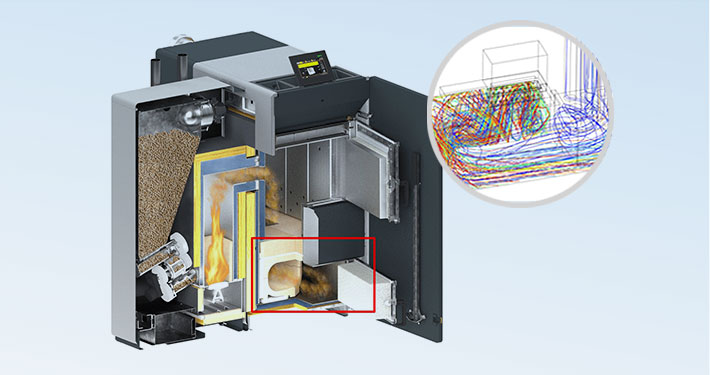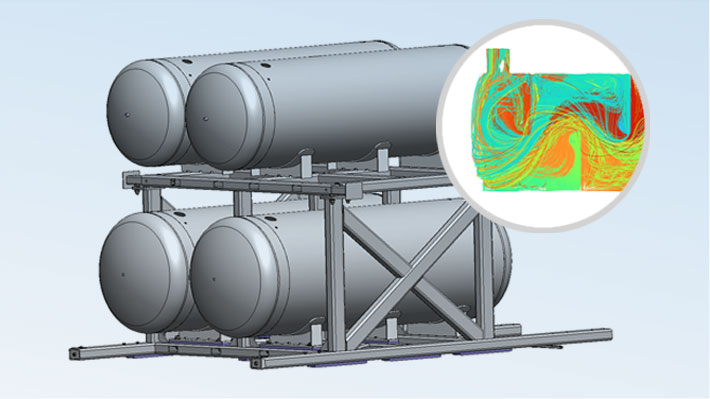Improve system life cycle and protect key equipment
How cyclone separators from IMI are ready to innovate using simulation tools
Buildings account for a significant portion of global energy consumption and greenhouse gas emissions. Improving the energy efficiency of new buildings is key to combating climate change. IMI Climate Control aims to reduce energy consumption in buildings.
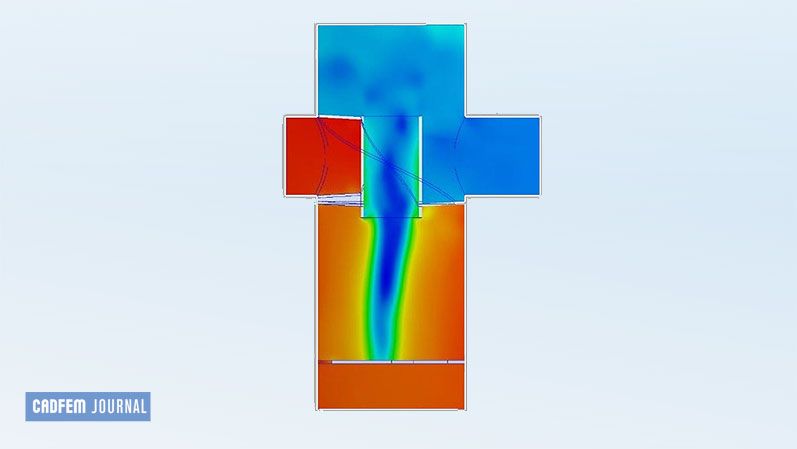
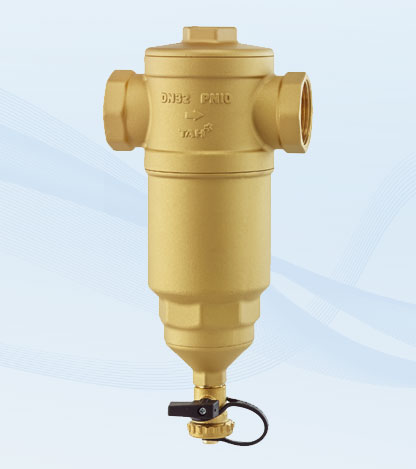
IMI, which stands for Imperial Metals Industries, is a British multinational corporation based in Birmingham. Its history began about 160 years ago, being associated with Nobel Industries (1920) and being the first to commercially produce titanium (1950). Under the motto "Breakthrough Engineering", IMI is focused on the precise control of fluid flows in various industries such as oil and gas, life technologies, transportation, industrial automation, and others. The IMI Climate Control sector (formerly IMI Hydronic Engineering) specializes in optimizing the water-based heating and cooling efficiency of residential, commercial, and industrial buildings. According to World Economic Forum, 40% of the world’s energy is consumed inside buildings.
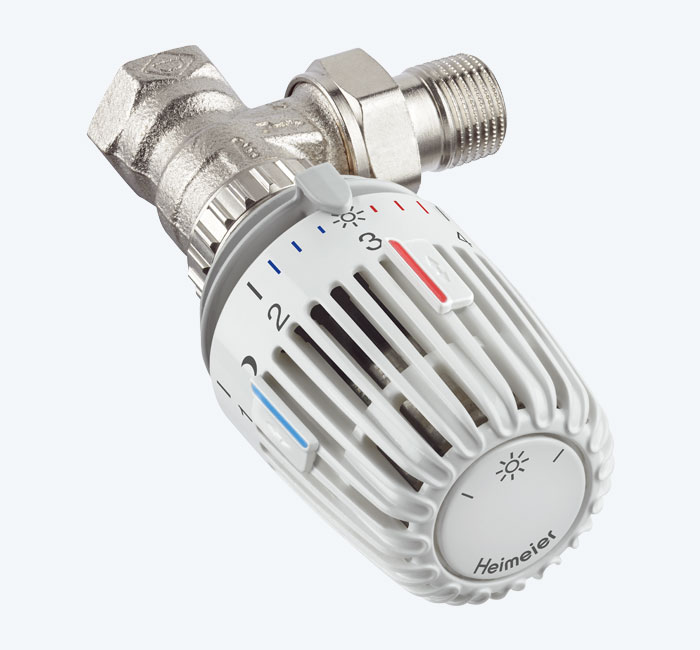
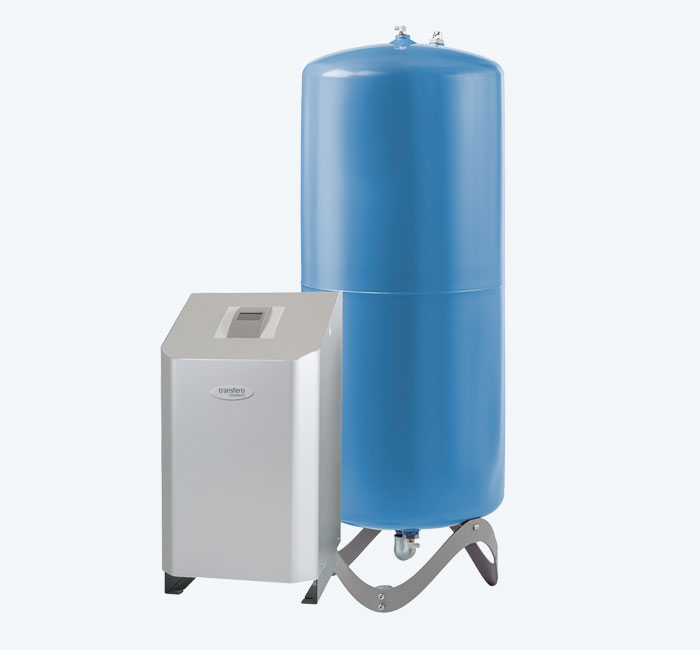
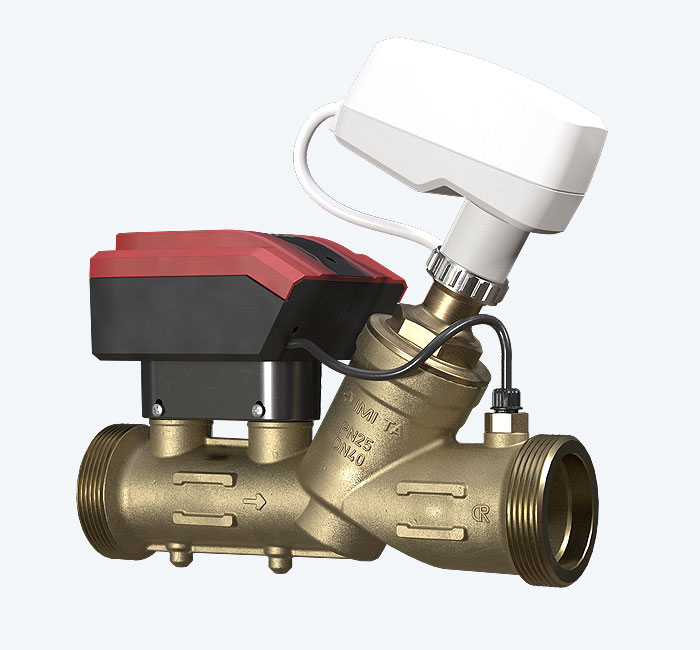
To provide comfort and energy control inside buildings, IMI offers three product types:
- Calibration and control valves (IMI TA): enable a correct and optimized water flow rate to all end devices and dynamically regulate the flow rate depending on changing ambient conditions and requirements.
- Thermostatic control valves (IMI Heimeier): fine tuning water flows at terminal units according to room temperature changes
- Pressurization units and water quality (IMI Pneumatex): maintain water pressure inside systems in the event of temperature fluctuations. Pressure vessels allow the water to expand or contract. Mechanized control boxes control water intake and outtake from the vessel. Maintaining the water pressure reduces oxygen intake.
Among the pressurization, equalization, and control systems that IMI Climate Control offers, dirt and ferrite separators are an important part of the portfolio. The separators not only protect critical equipment such as boilers and cooling systems, but they can also reduce energy consumption by up to 20% (see pdf).
Market leader in optimum comfort and energy efficiency
In the past, IMI Climate Control made little use of simulation tools in the development of its products. However, to stay ahead of the competition, the company needed to make its research and development processes more efficient and reduce time to market. Simulation seemed to be the key to gaining a competitive advantage and meeting customer demands.
André Zanoni, Lead Design Engineer at IMI Climate Control (Pneumatex), implemented Ansys simulation tools, starting with the development of new separators at Füllinsdorf. With support from CADFEM, he was able to access extensive simulation knowledge, which he used to quickly develop new in-house methods. Development accelerated thanks to a better understanding of physical phenomena and rapid validation sprints. To share these methods internally, he is often in contact with fellow engineers around the world, instructing them on the best and fastest way to start using simulation in their projects. He is very pleased with the initial results, both technically and economically.
André P. Zanoni, Lead Design Engineer, IMI Climate Control (Pneumatex)We might be one of first companies in our industry to effectively use simulation-based digital design tools for hydrocyclonic dirt separation. The benefits are significant. We have dramatically reduced development time.
IMI Climate Control customers include HVAC planers, building owners, installers, and maintenance professionals. Common customer concerns today include energy consumption in buildings, system life cycle, and system downtime. To improve system performance and ease of maintenance, dirt, magnetite, and air separators play an important role in removing deposits and corrosion carriers. In the HVAC industry, dirt is typically removed from hydronic systems using gravity separators. A tank with a larger cross-section than the inlet pipe slows down the water flow. The lower velocity allows dirt particles to settle in the tank. Gravity separators usually have inserts that slow down the dirt particles further. Although they are easier to build and have a lower pressure drop, gravity separators quickly lose efficiency as water velocities increase.
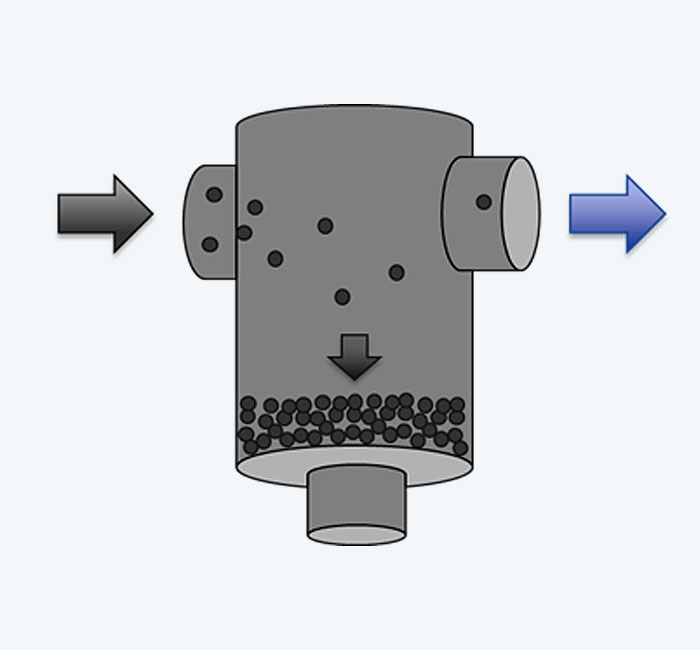
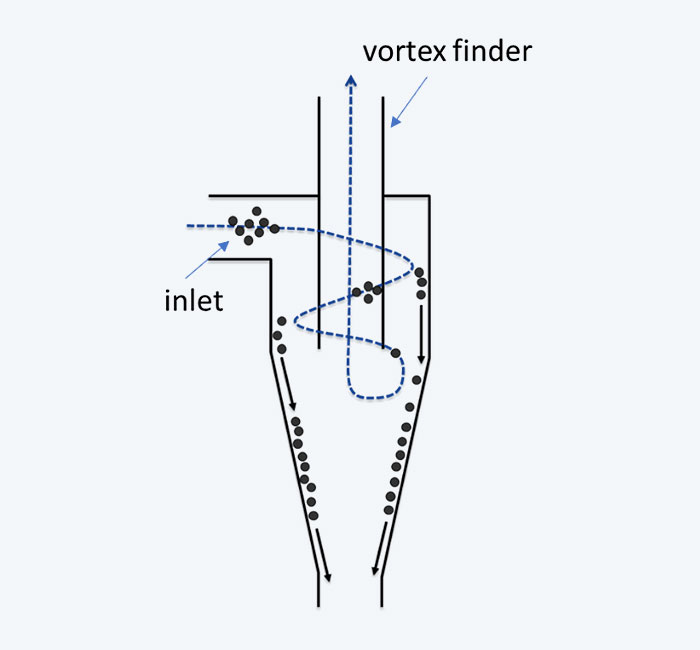
IMI has developed hydrocyclic sludge separators to handle increasing velocities. The centrifugal force pushes the particles against the tank wall. Through downward flow and gravitation, dirt is removed from the installation.
The primary challenge is designing the inlet and vortex finder axially to each other. Cyclones normally have an outlet that is orthogonal to the inlet. In addition, the inlet is arranged at an angle to the outlet to create a water vortex.
An interesting way to design a cyclone is through an insert, see Zeparo Cyclone. It is suitable for small pipe sizes up to 2 inches. For larger sizes, the production of inserts becomes more challenging. One way to design a cyclone for large pipes is to place another container on top of the vortex finder.
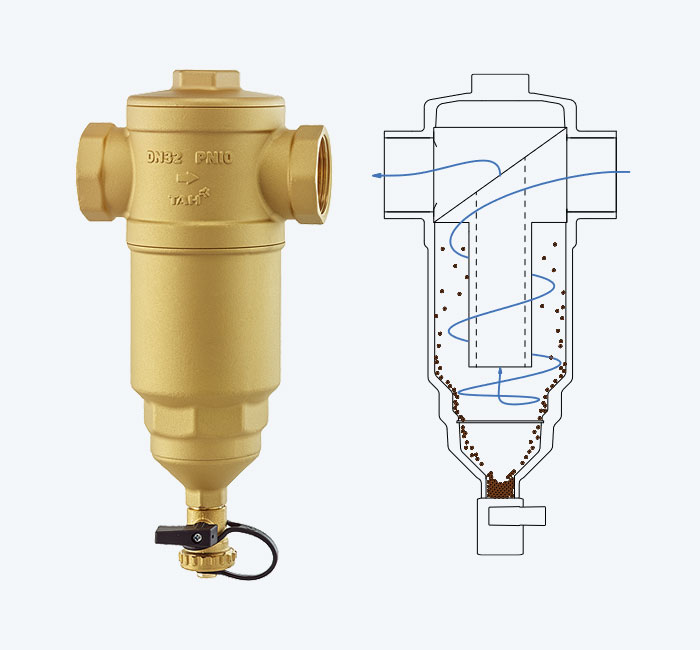
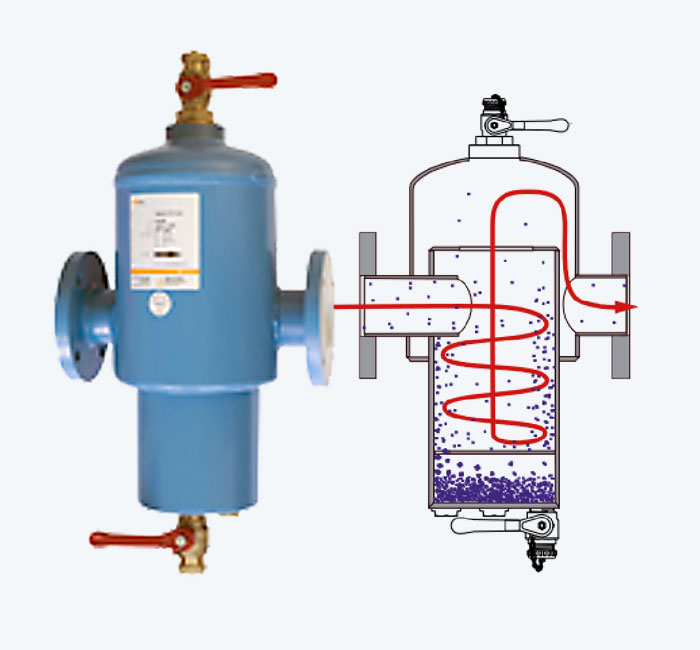
The right solutions for every type of building and every type of customer
Although precise technical information about the function of separators is scarce, customers still expect separators to work properly. One of our goals is to increase awareness and expertise about the function of separators in our industry and clearly explain how they work so that customers have a more thorough knowledge base for product selection. The development of separators in the HVAC industry has traditionally been based on prototyping and testing. However, as dimensions increase, it can take several weeks or even months to produce a prototype, to which production costs must be added. In the case of parametric changes, prototypes must either be reworked or manufactured from scratch, which leads to even longer times and higher costs. The introduction of simulation tools has enabled IMI Climate Control to speed up the development of new designs and iterate several versions very quickly. In early 2022, IMI Climate Control implemented Ansys on a global scale. The company immediately took this opportunity to use Ansys in the design of new separators in Füllinsdorf, Switzerland. Through internal forums and project-based support, the company was also able to encourage other IMI engineering teams around the world to start using the tools (also see). In addition, CADFEM, the IMI partner for training, technical support, and installation, provides support to IMI HVAC engineers worldwide.
André P. Zanoni, Lead Design Engineer, IMI Climate Control (Pneumatex)Thanks to the excellent support from CADFEM, we have quick access to new tools, training, and support for the most difficult simulations in projects. In addition, simulation provides more information for R&D processes, which helps the end user to better understand how our products work.
We used Ansys Fluent to develop large sludge separators with hydrocyclones. We modeled the particle flow and measured the retention of particles in the separator. Compared to the laboratory tests, the pressure drop matched the simulation results. Although the particle retention in the simulation had errors of up to 15%, we found that parametric changes in the simulation models had the same effect as in the laboratory. Design iterations with pure laboratory tests can be very speculative until the right solution is found. However, finding this takes a lot of time.
Simulation allowed us to understand the water flow, pressure zones, and particle behavior in detail and make objective design decisions. With simulation, design iteration studies can be carried out digitally. Once the team has agreed on the final design, we move on to the final prototype. This process eliminates lengthy, tedious, and costly physical prototype test loops, while giving the R&D engineers a clear understanding of their product.
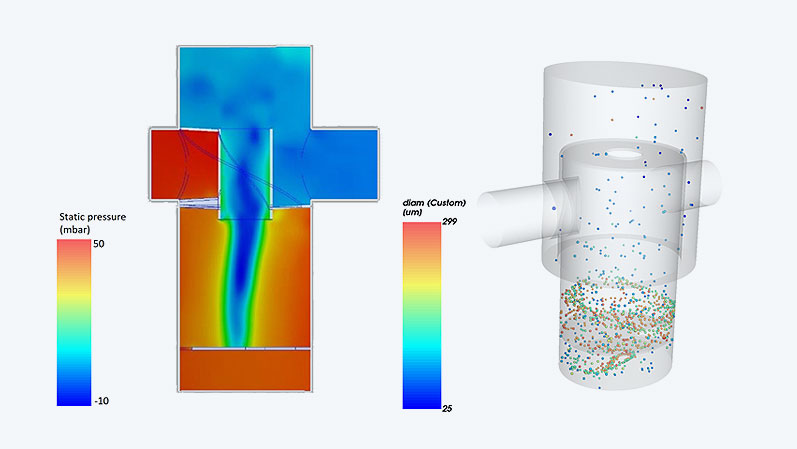
Using simulations to reduce costs, improve capabilities, and extend life cycles
IMI Climate Control strives to be at the forefront of a greener world with innovative products and solutions that reduce the environmental footprint of HVAC systems and promote the sustainable use of energy. Simulation is one of the tools used to make this vision a reality. Developing products that improve the energy efficiency of HVAC systems in all building types, helping to reduce their carbon footprint, is key. For this reason, simulation tools have excellent potential for use in a variety of hydraulic applications at IMI Climate Control to reduce energy losses associated with fluid dynamics, noise, and weight. The result is lighter, more efficient sludge separators that are better able to prevent hazardous particles from getting trapped in boilers, coolers, and valves with increasingly tighter dimensions. The life cycle of the systems is extended and downtime is reduced.

IMI Hydronic Engineering
Author:
André P. Zanoni
Lead Design Engineer, IMI Climate Control (Pneumatex)
Cover Images:
Right:© IMI Hydronic Engineering
Left:© IMI Hydronic Engineering
Published: December, 2023
Contact CADFEM



